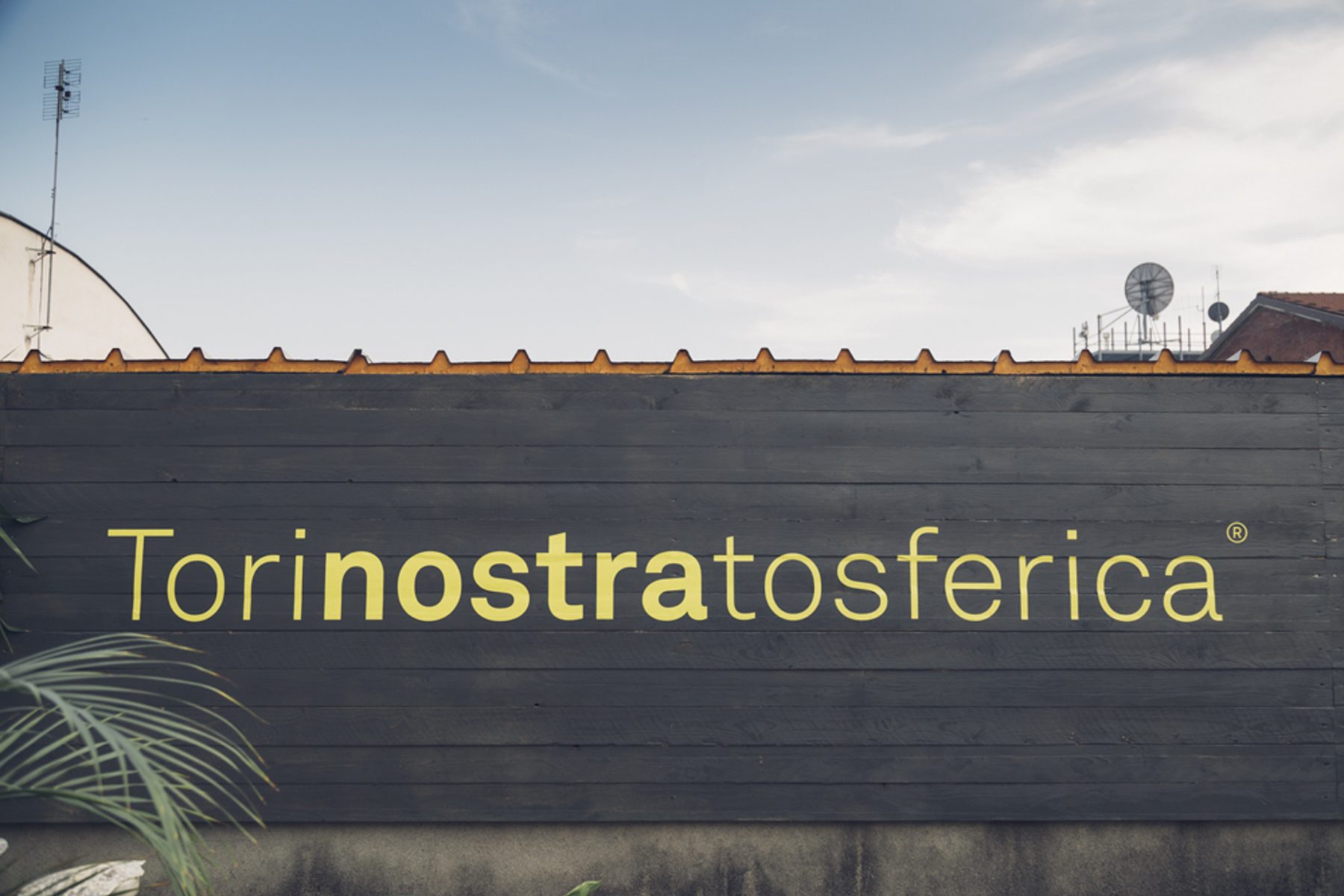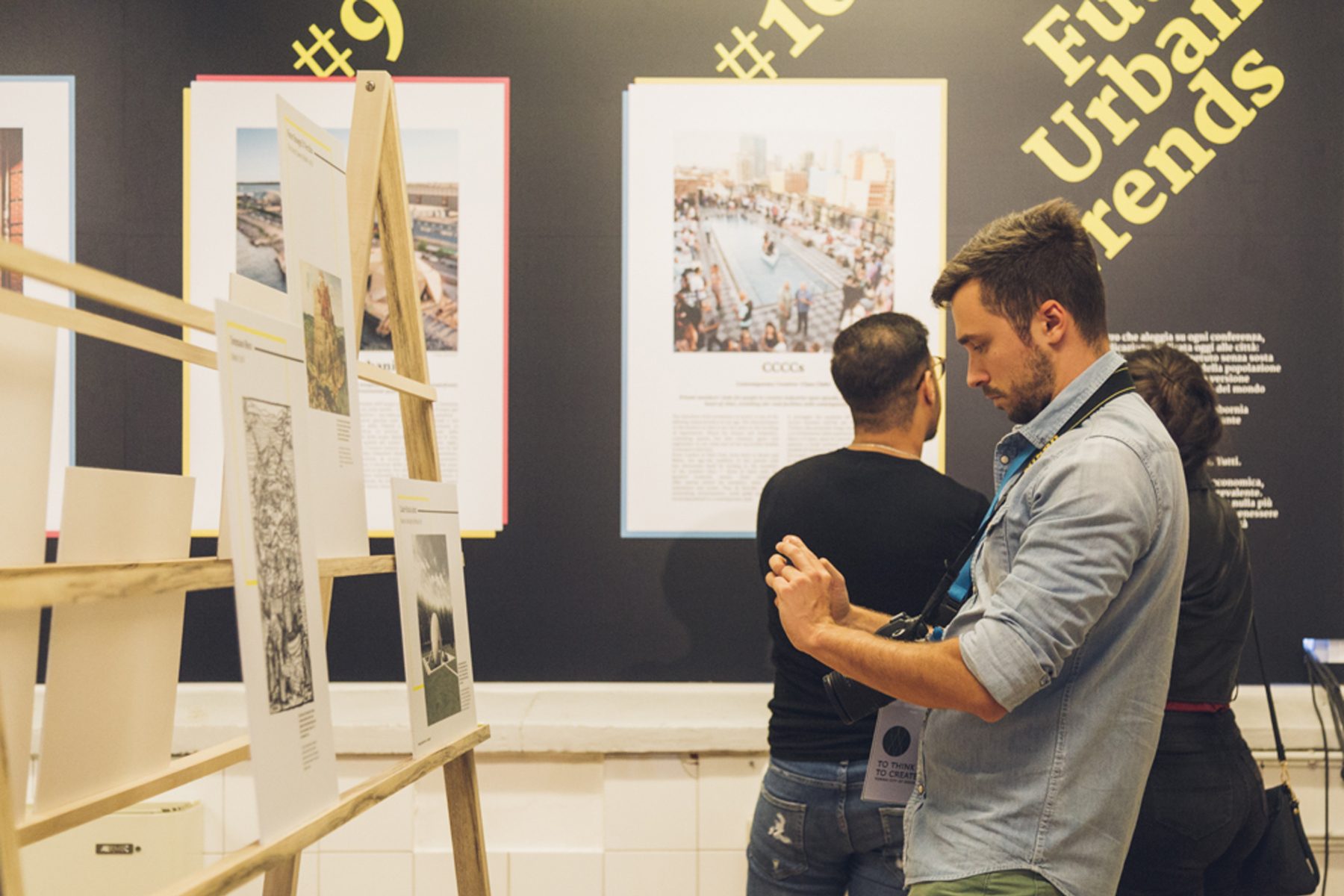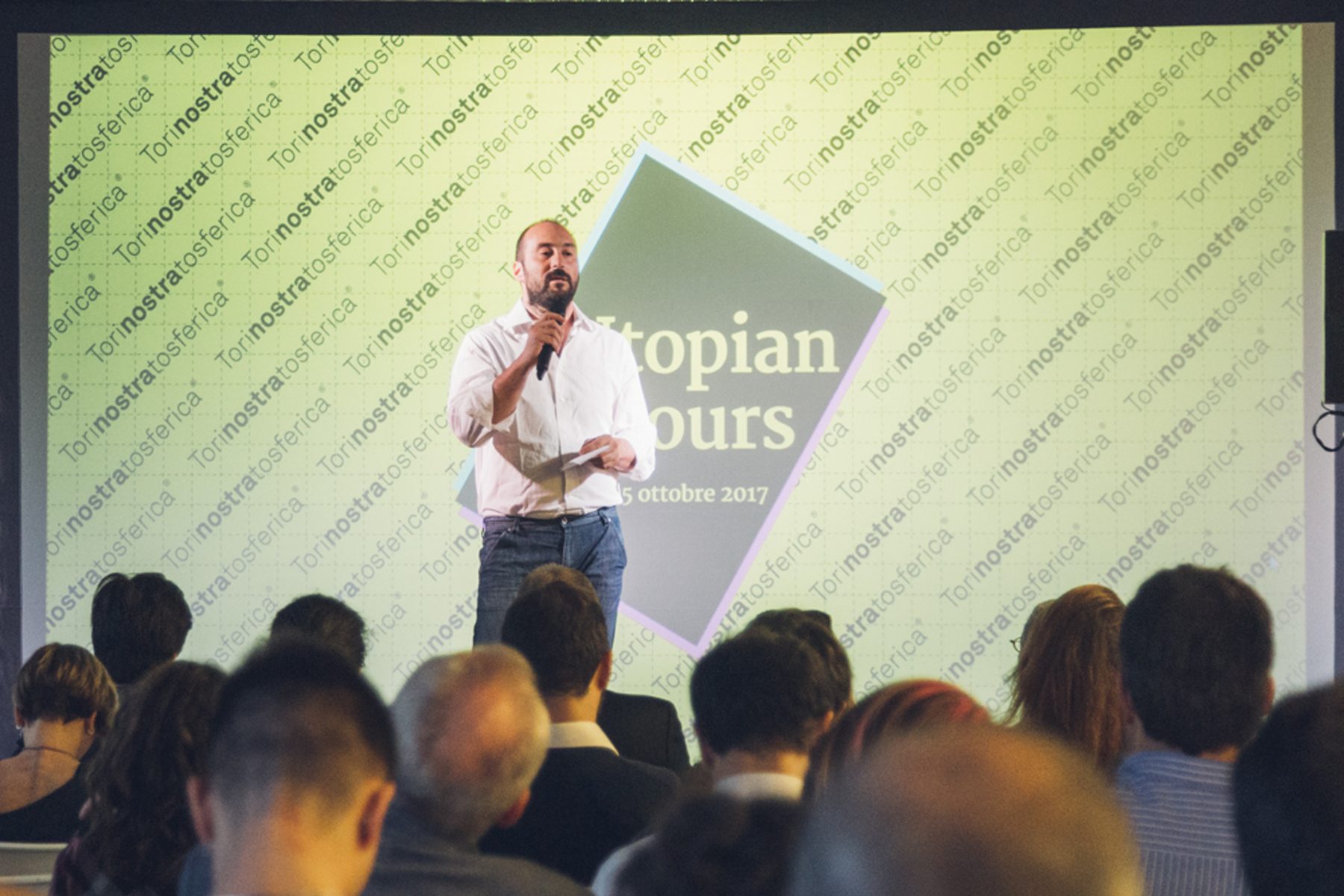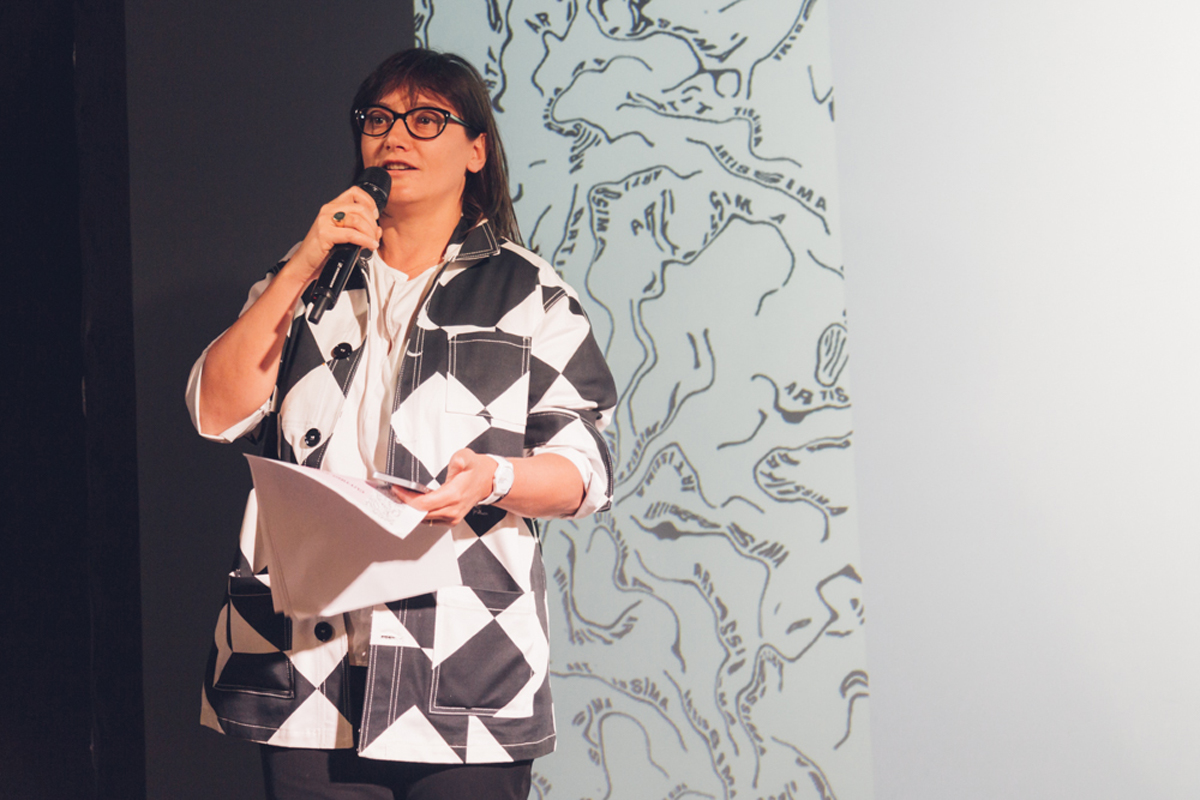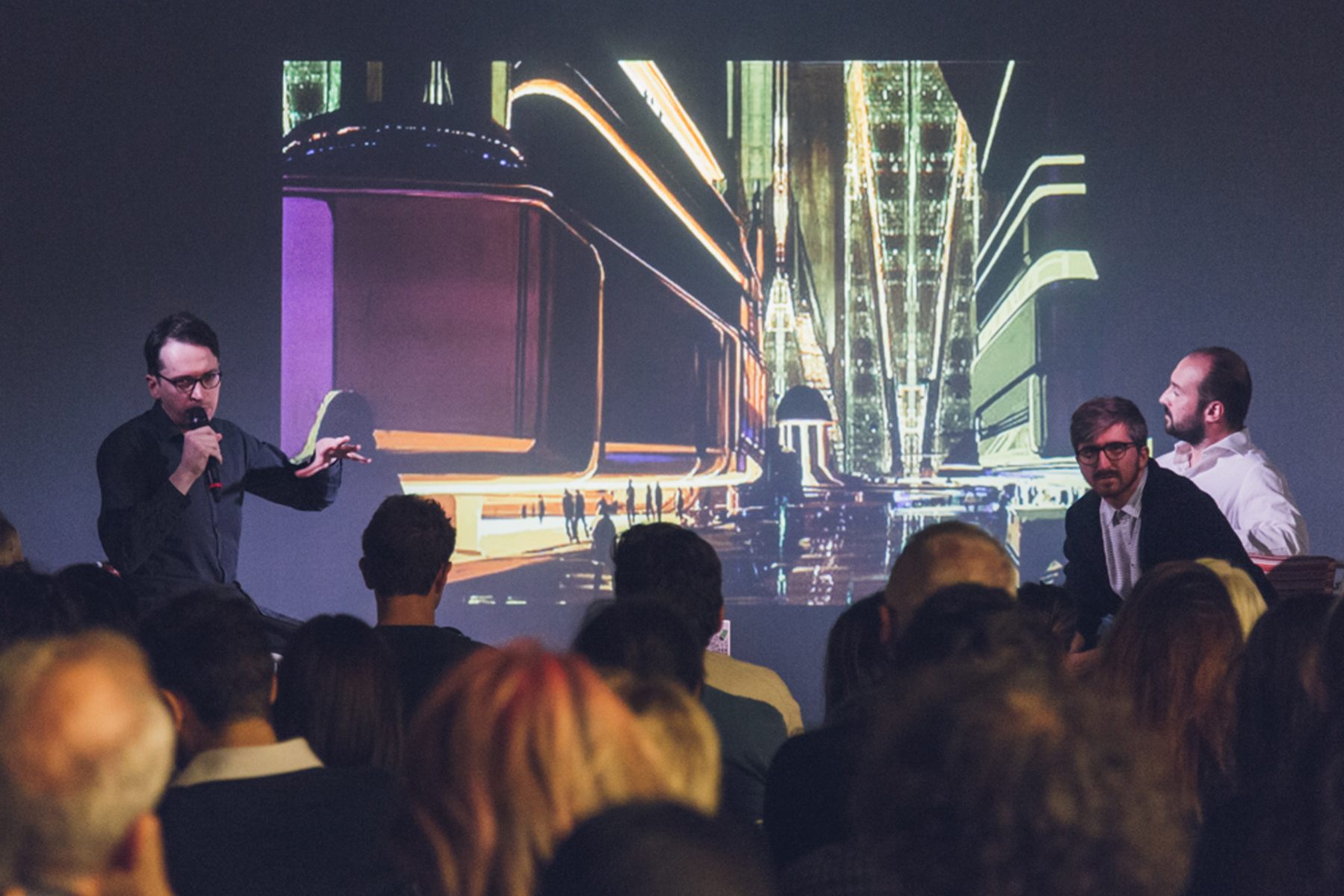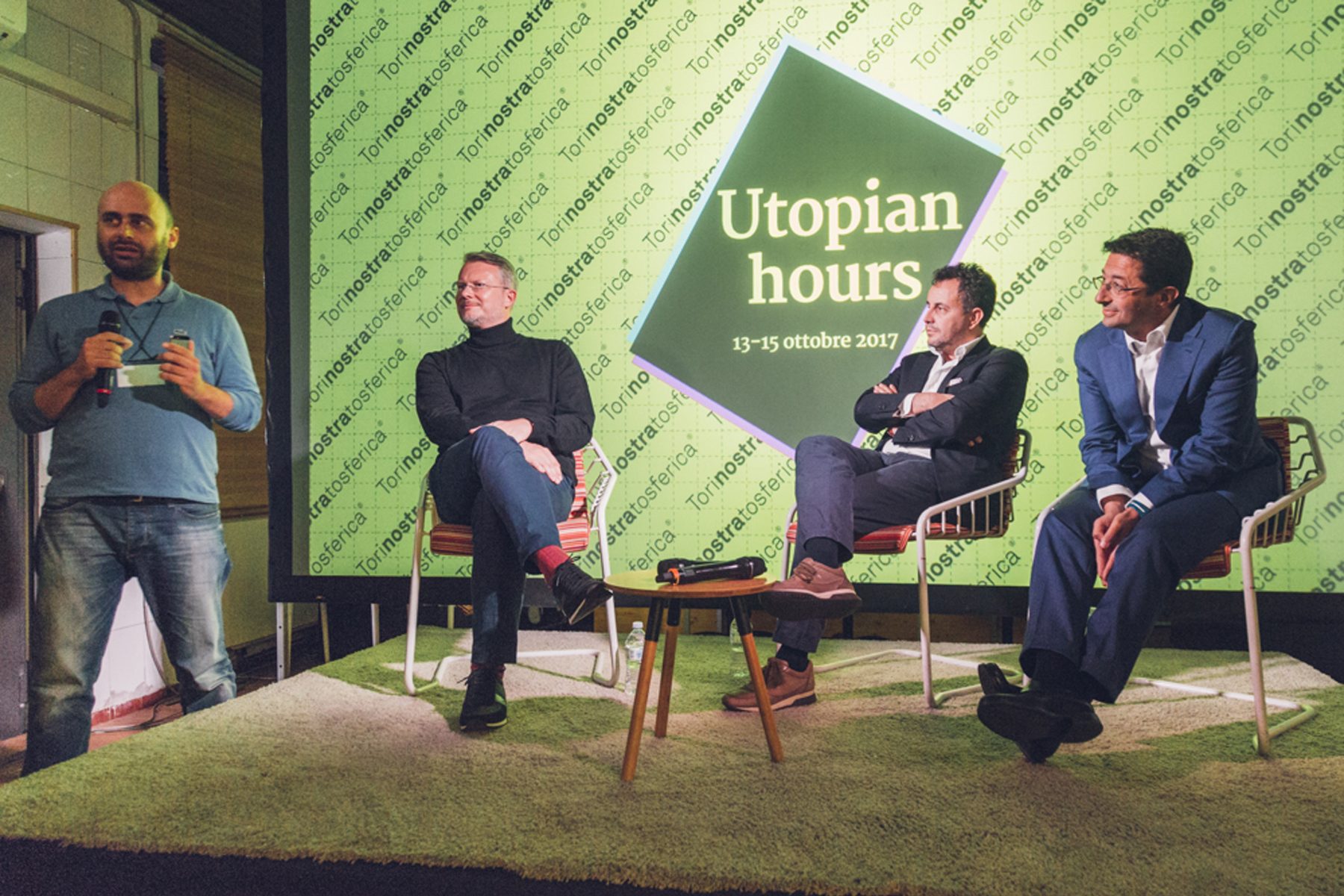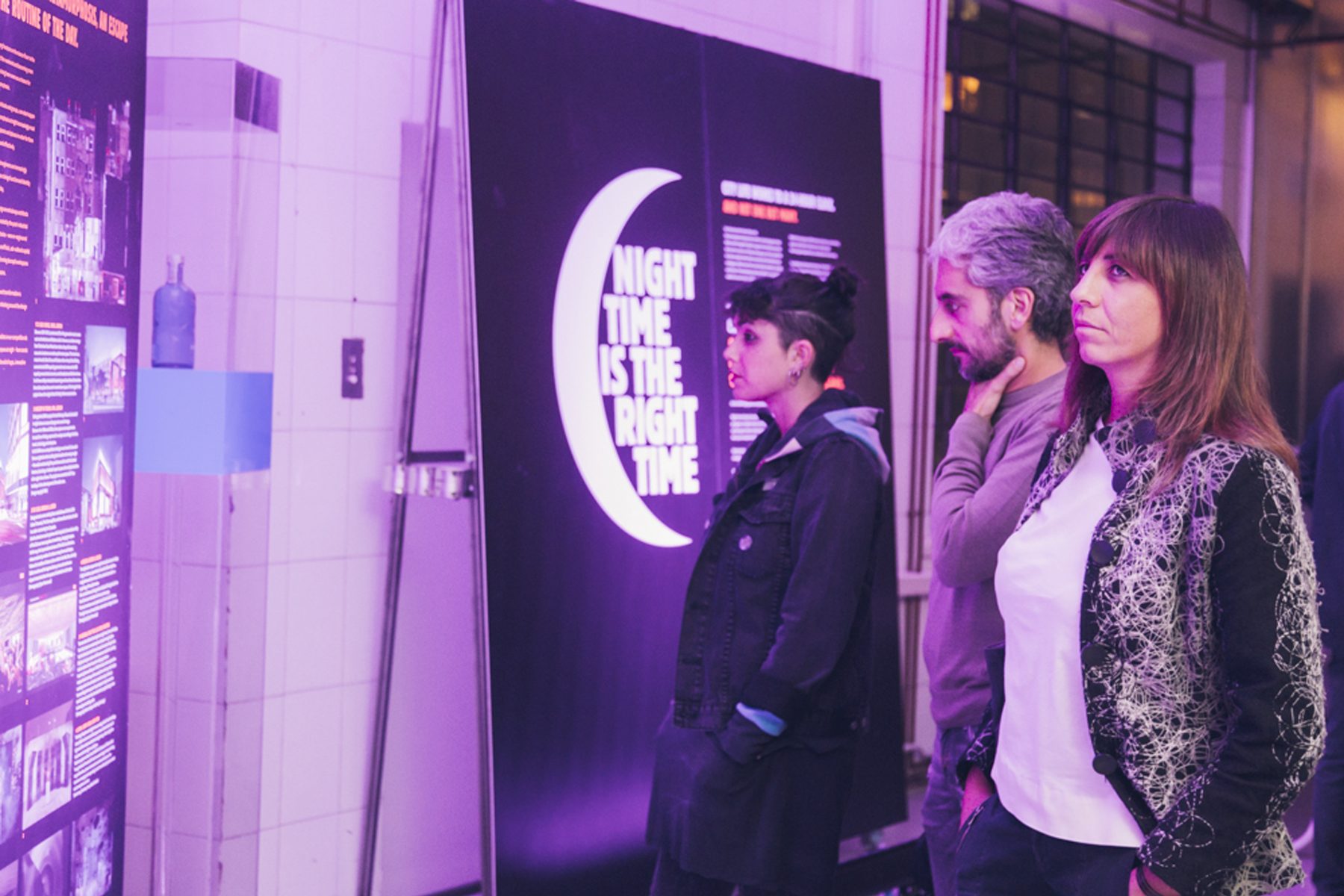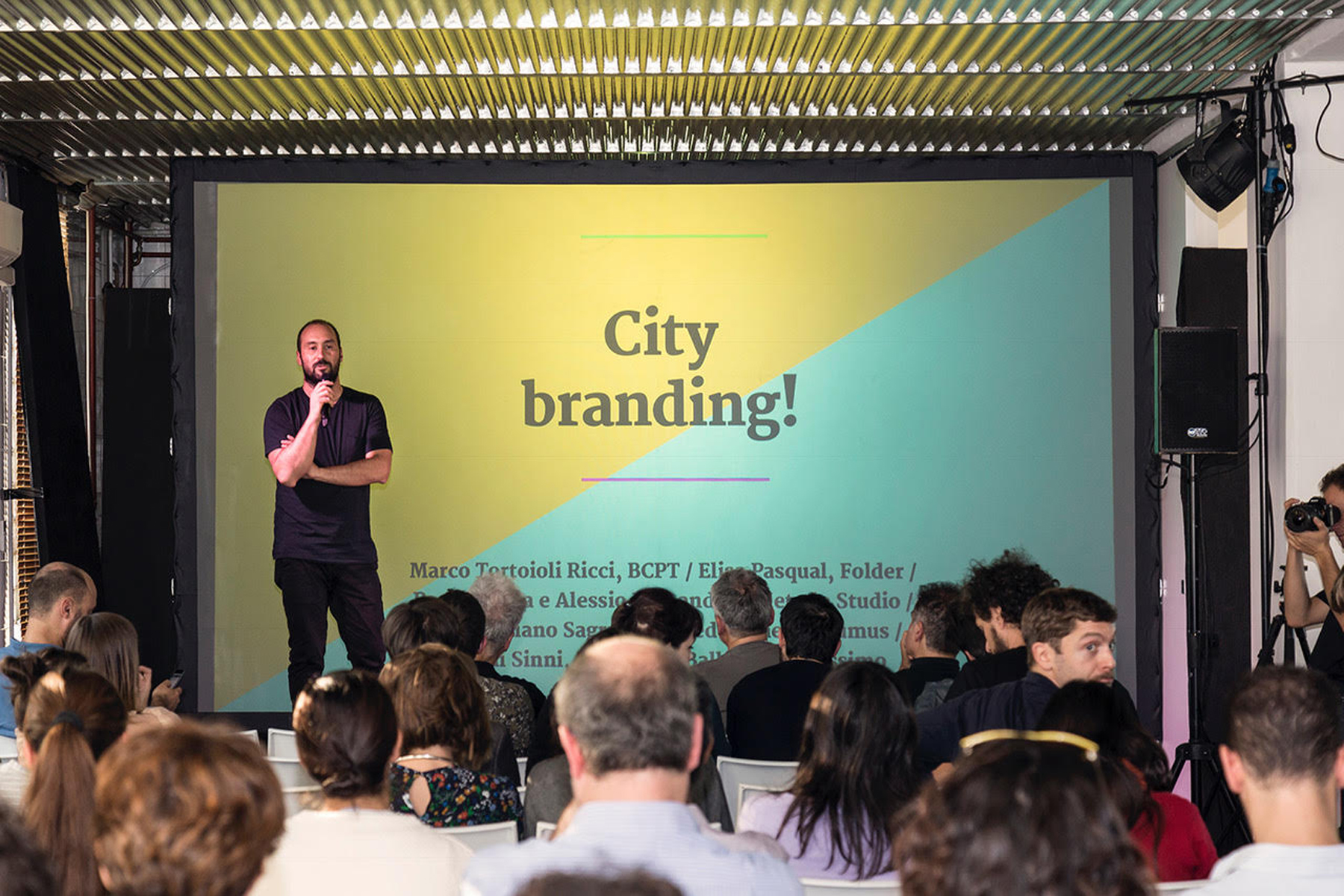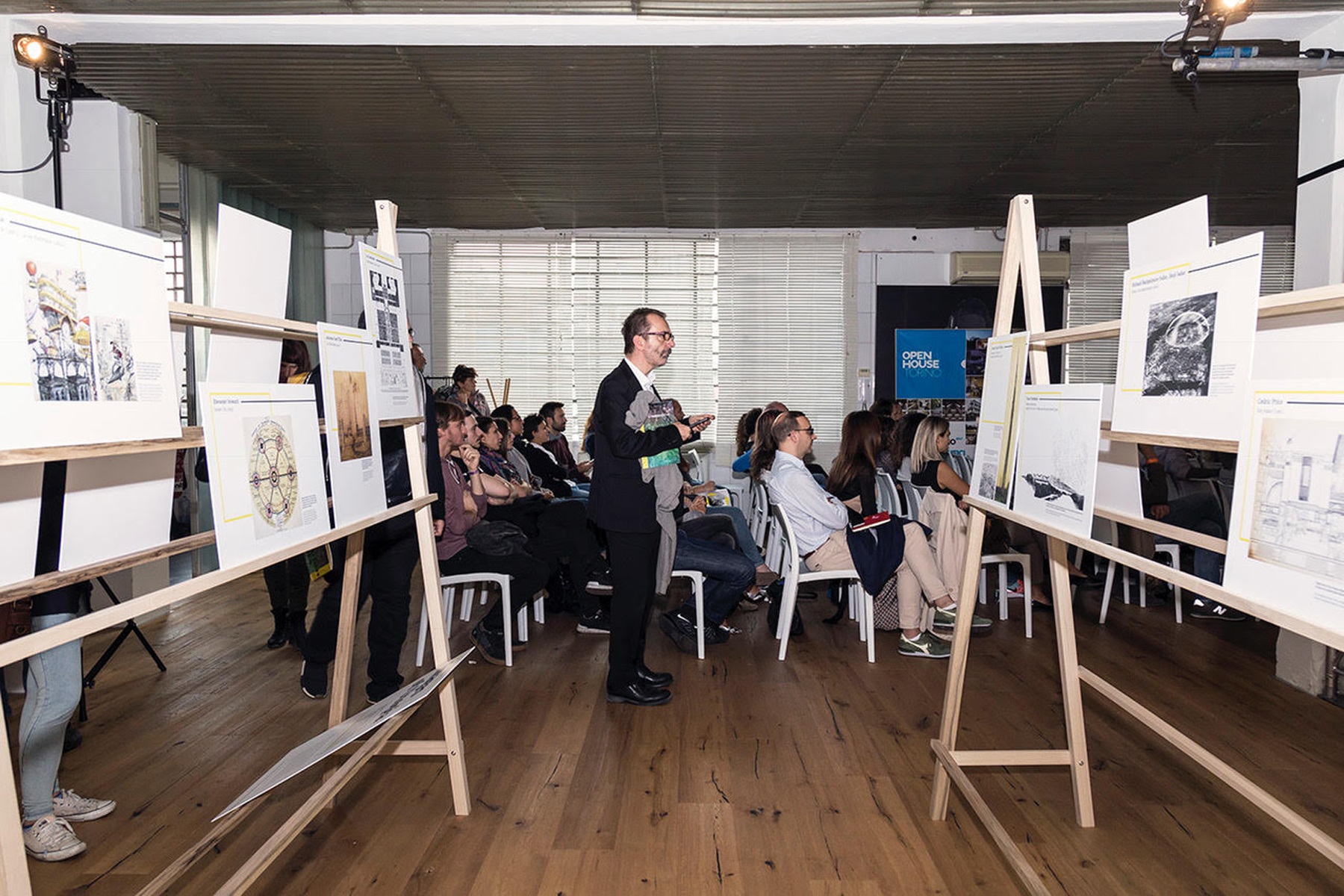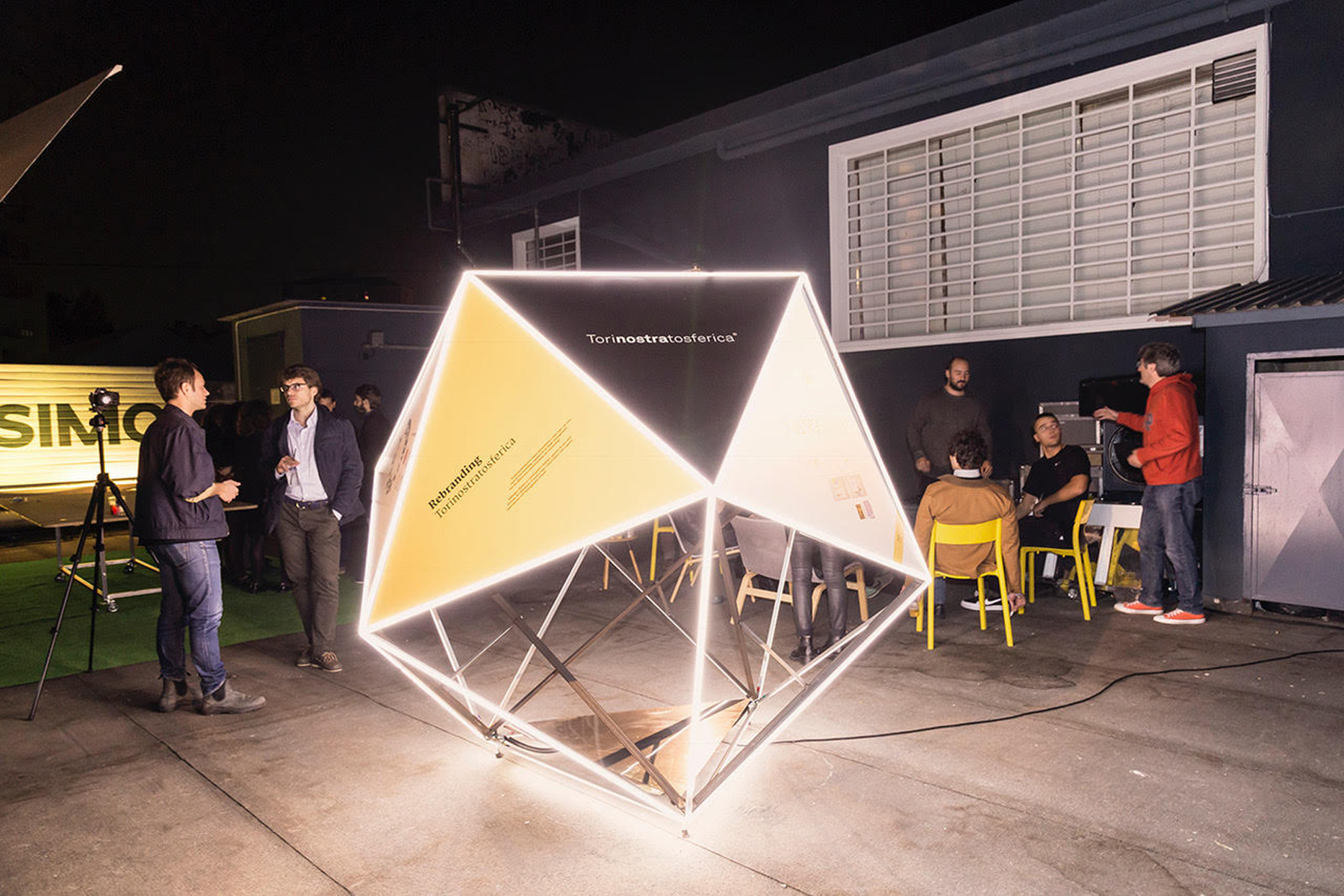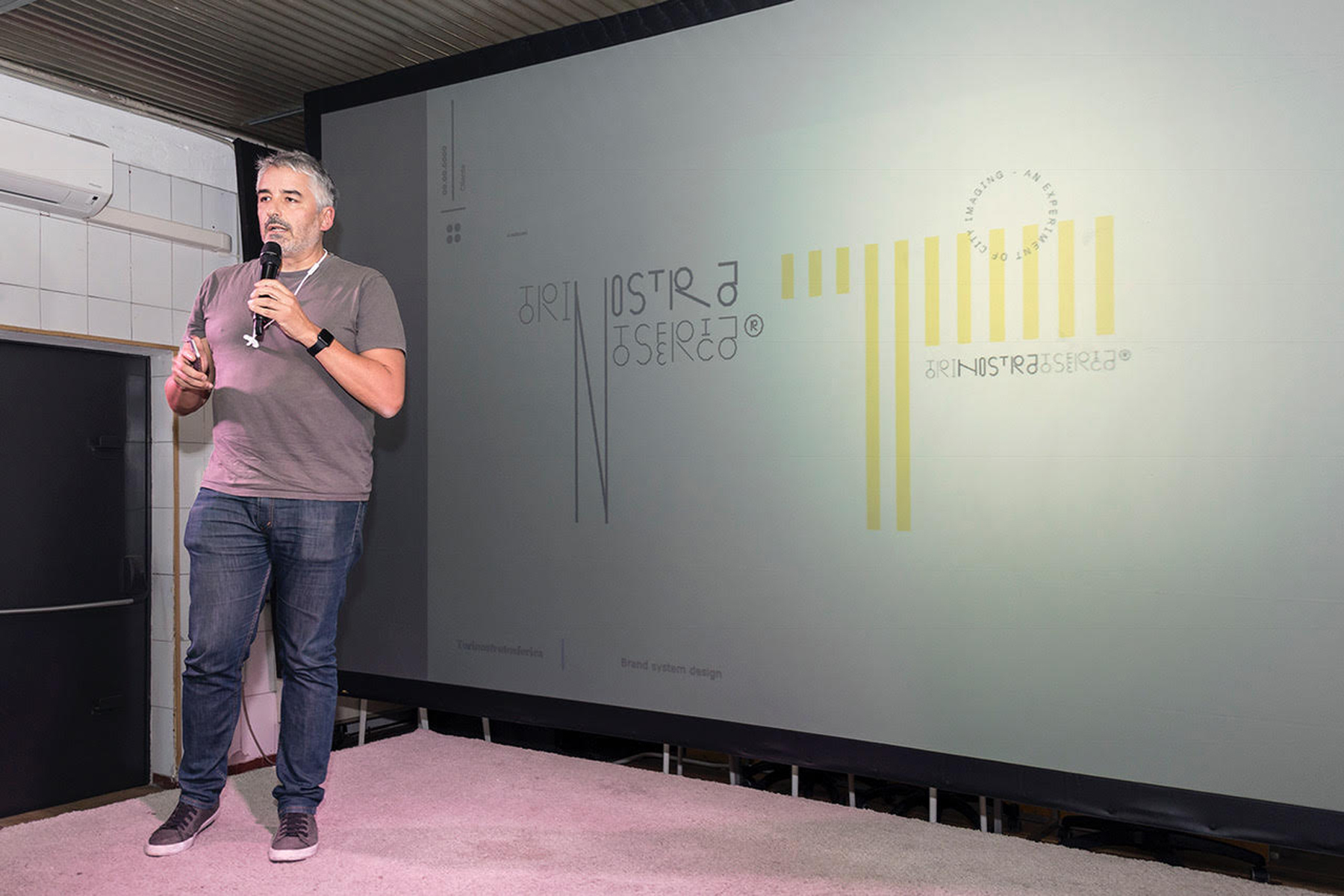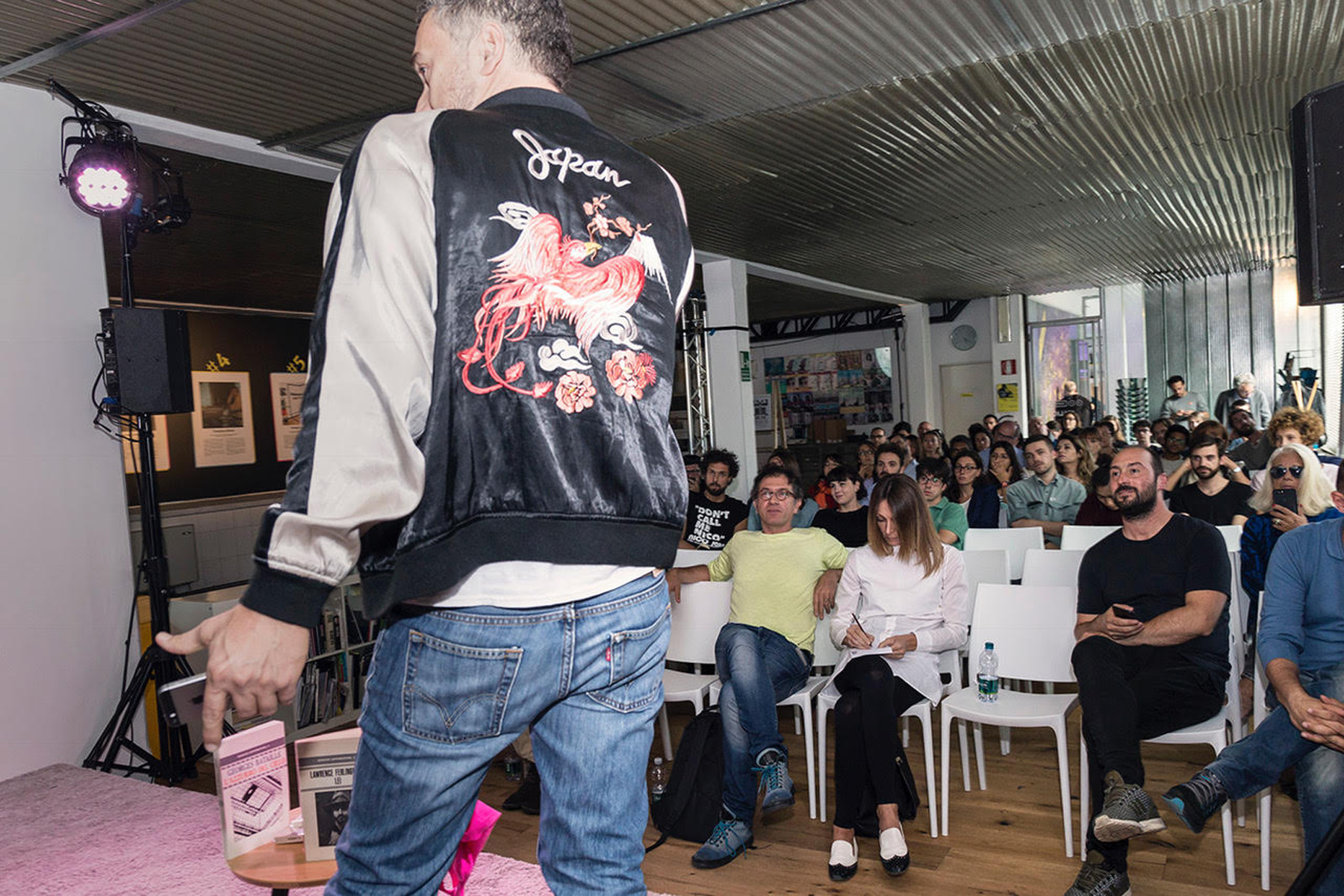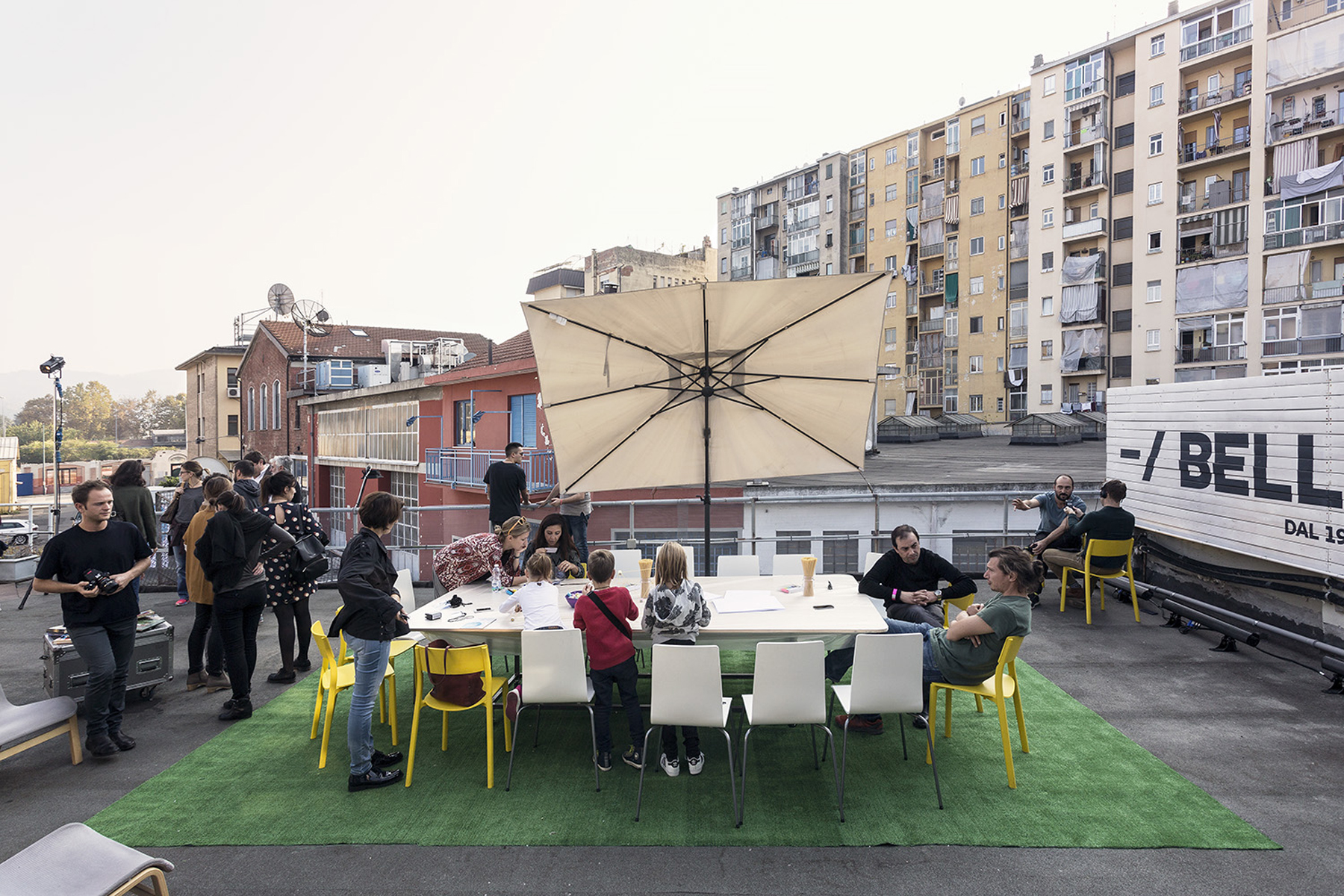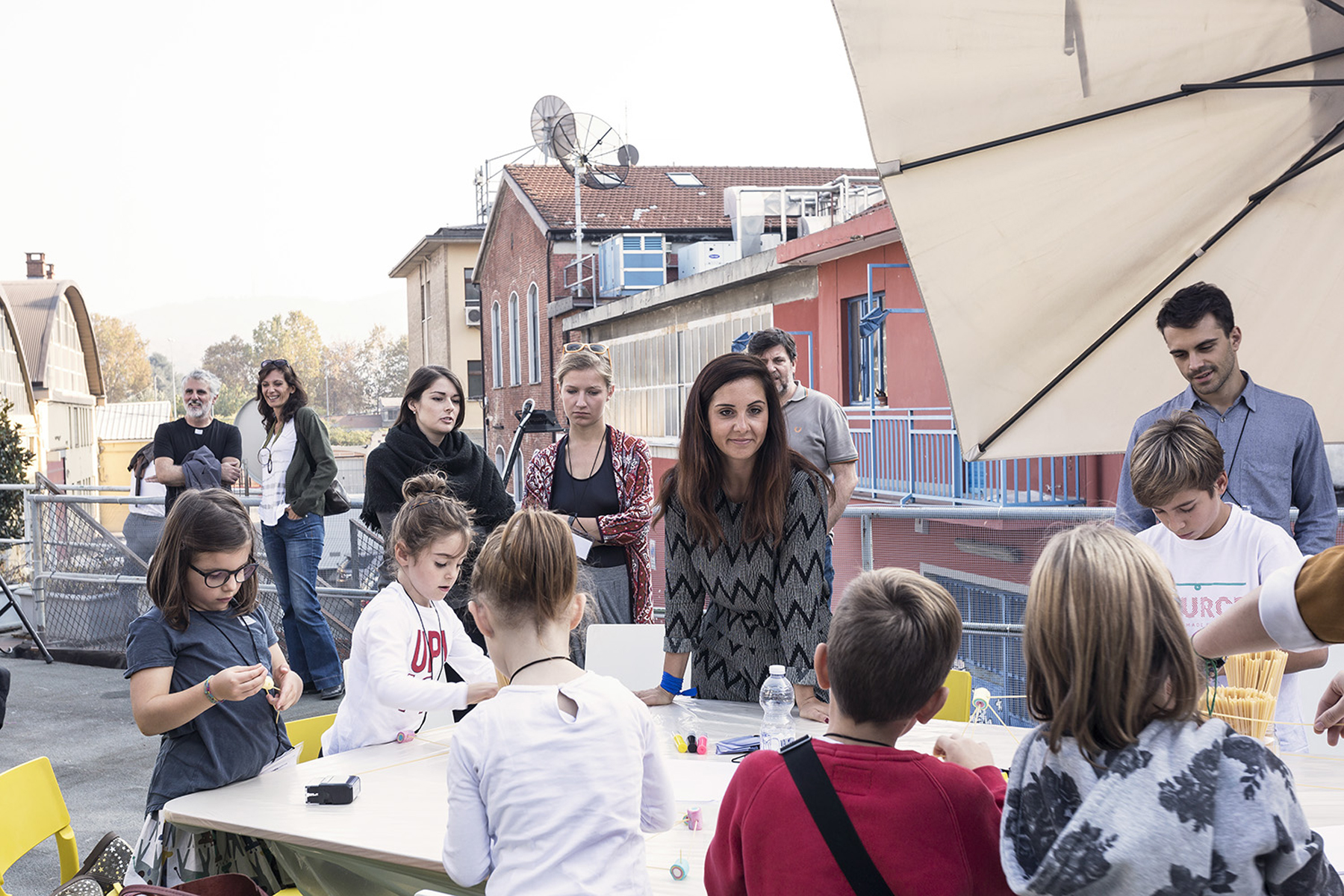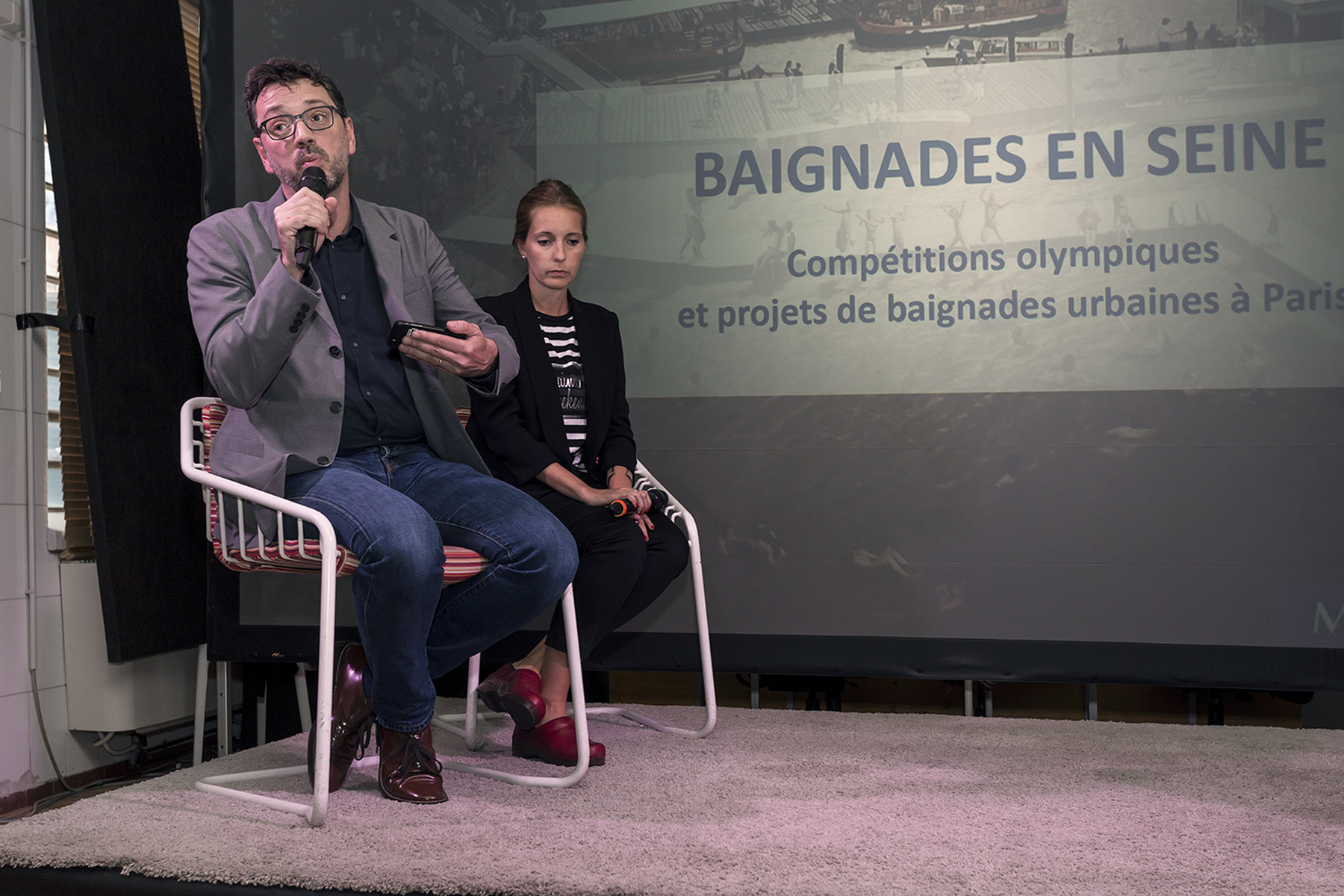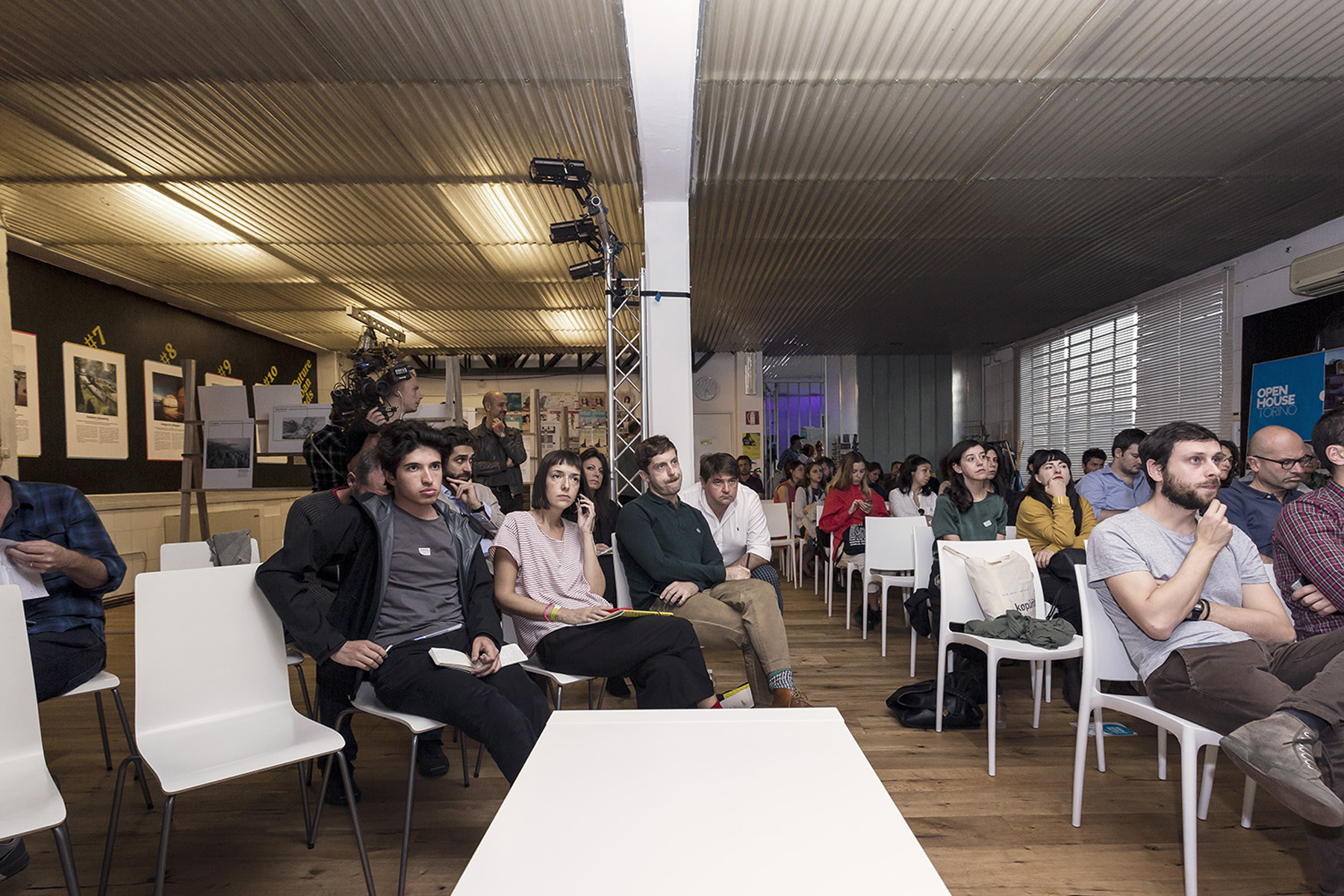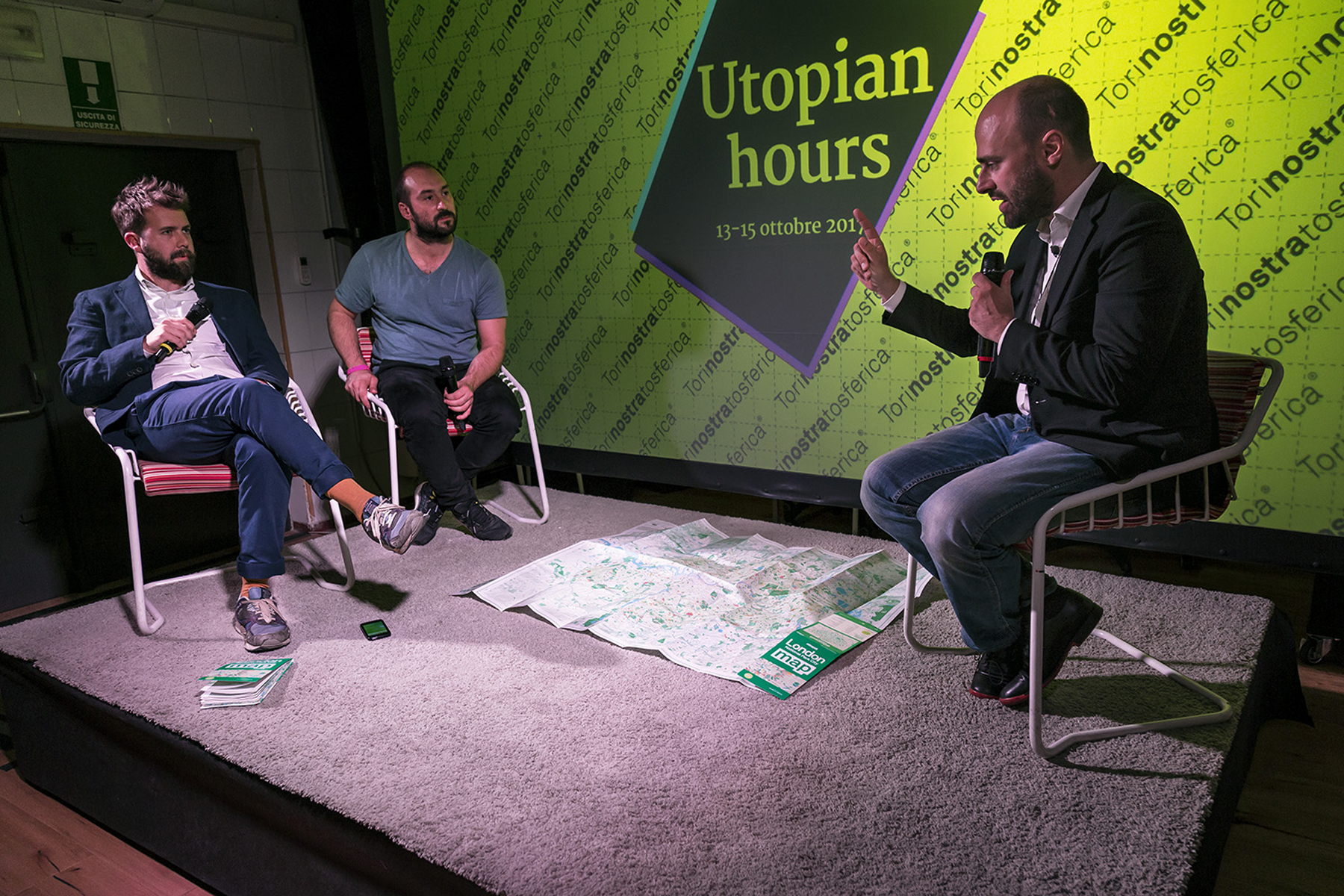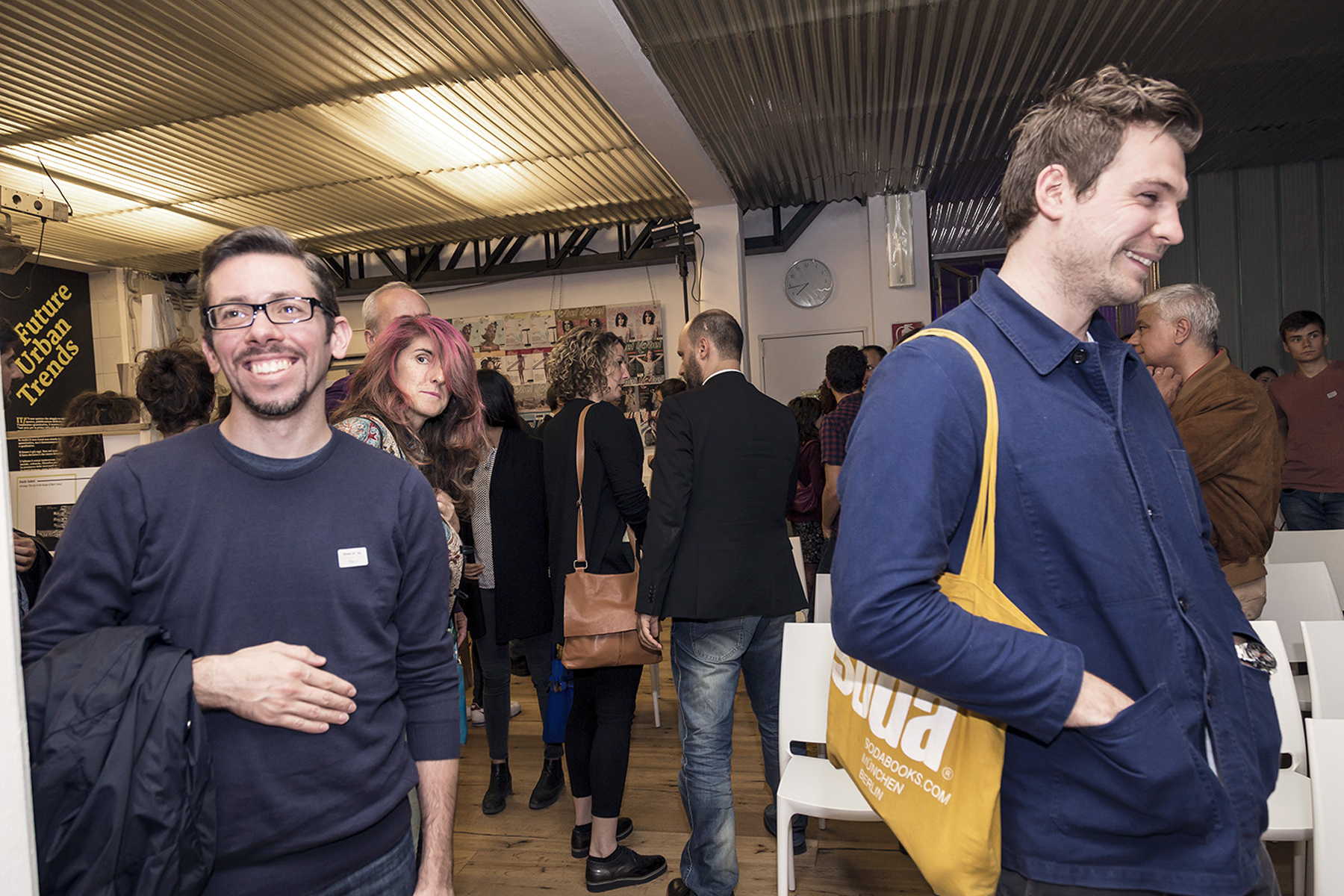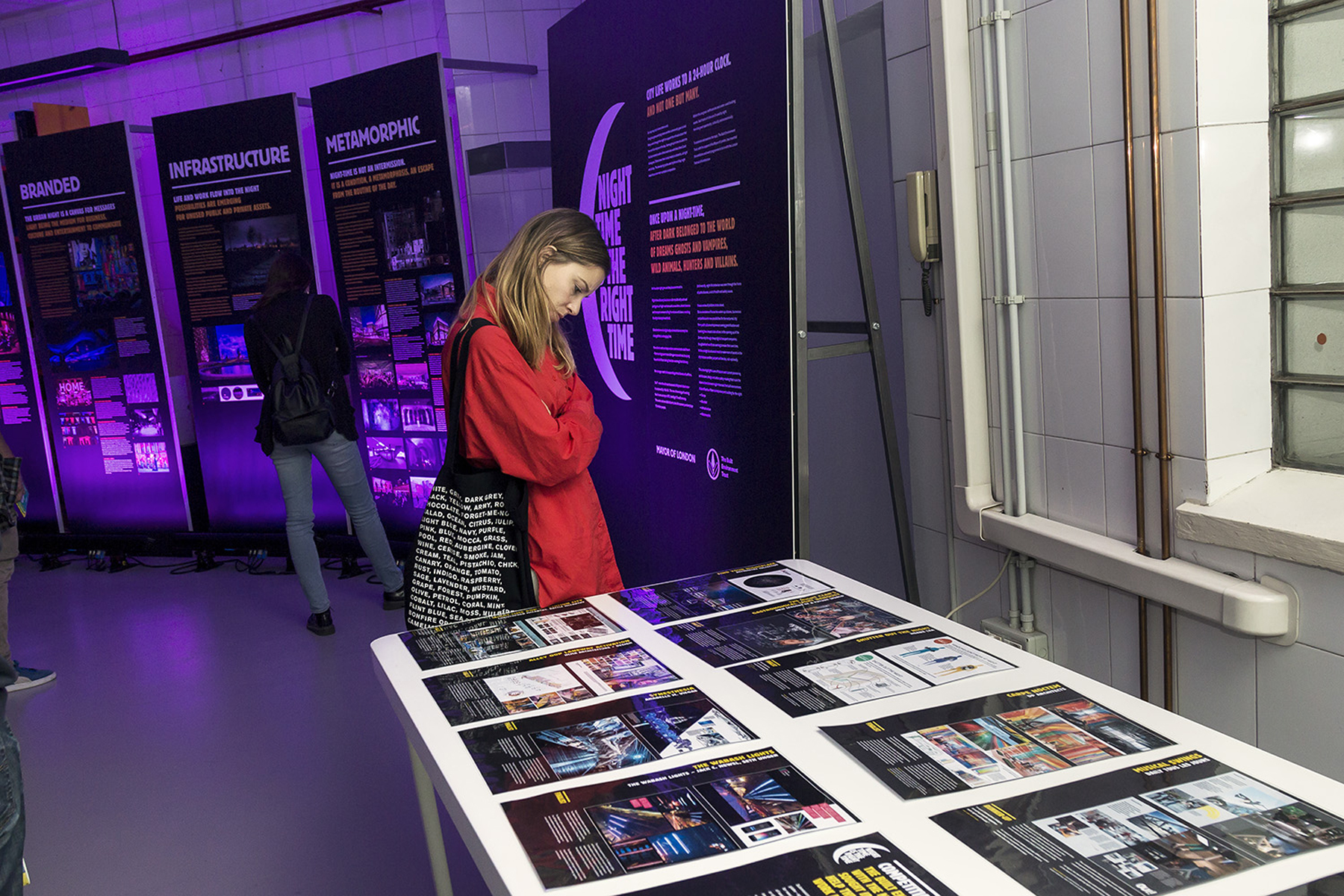3 days of talks, 5 exhibitions, 40 guests — from city-makers and experts from large urban centers around the world to developers and cultural organizers active in Turin. But mostly 1,000 attendees of a program rich in events, talks and parties, from afternoon to night.
From the 13th to the 15th of October 2017, Torinostratosferica Utopian Hours festival has talked about projects, ideas and visions to reflect about the future of cities and imagine Turin at its best.
This was Torinostratosferica’s first public presentation; the event for our experiment of city imaging, held in the loft that functions as the association’s headquarters, was part of the city event “Torino Design of the City”, promoted during the XXX Congress of the World Design Organization.
Torinostratosferica is supported by Compagnia di San Paolo as part of ORA! Linguaggi contemporanei, produzioni innovative. We’d like to thank the sponsors of Torinostratosferica Utopian Hours: Arti Grafiche Parini, Fabbricanti d’Immagine, J.Gasco, Fondazione per l’architettura / Torino (cultural partner).
